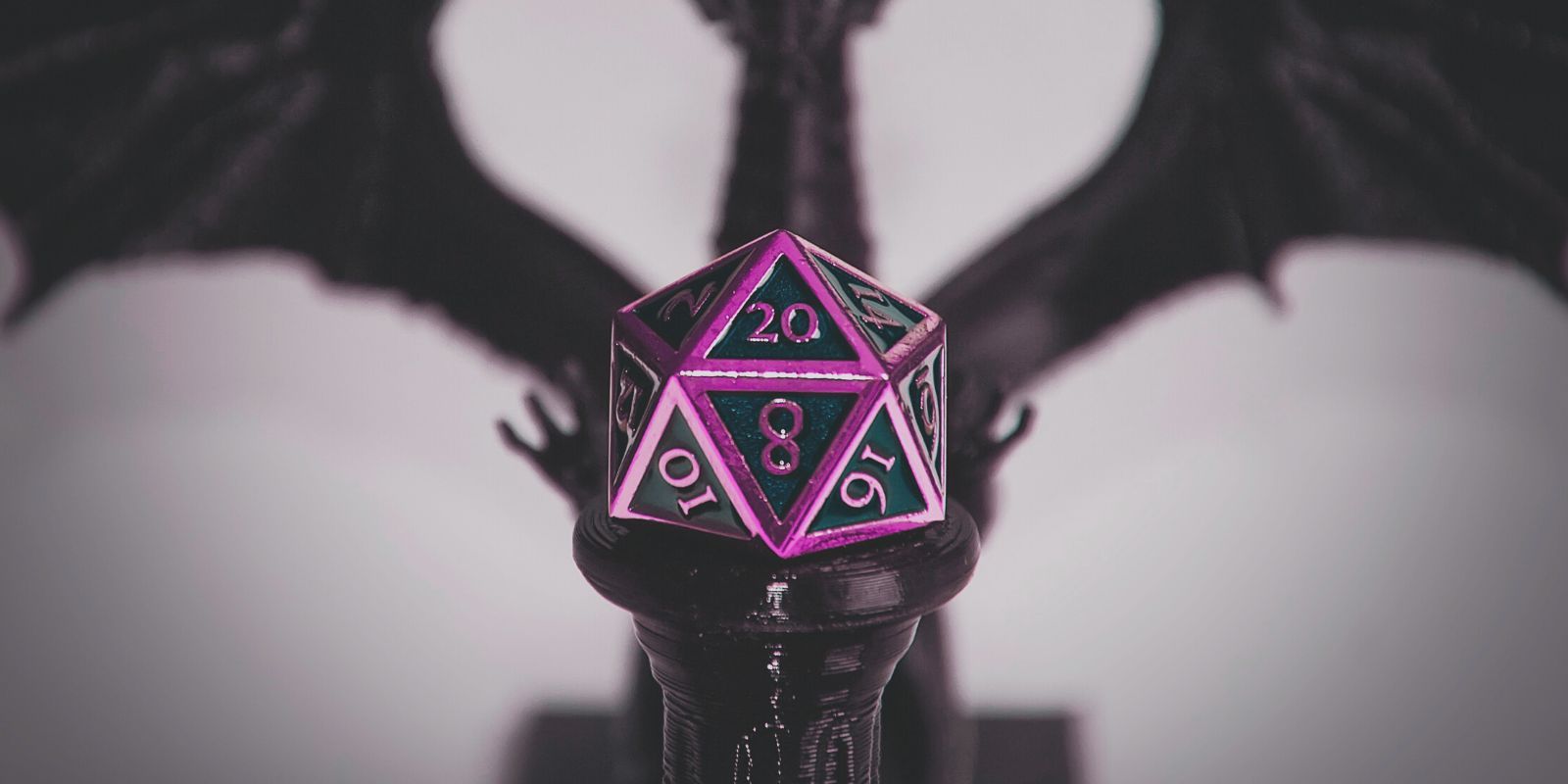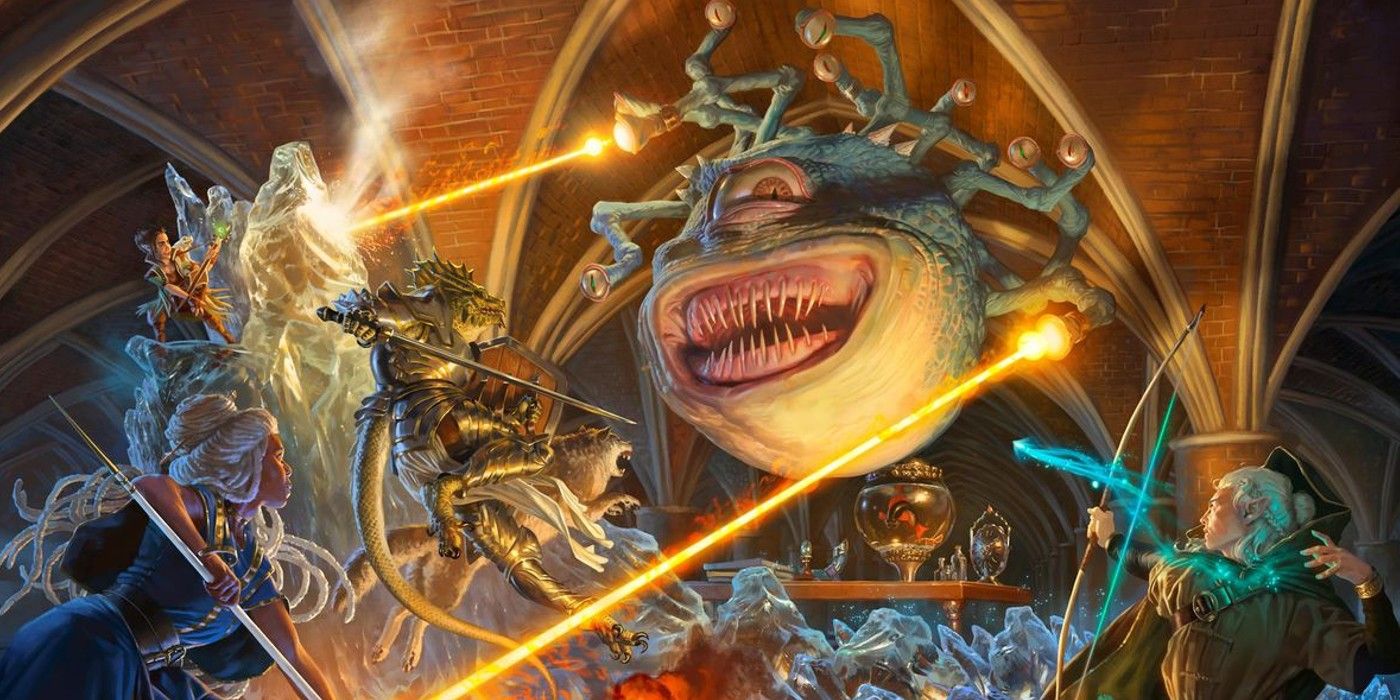The "Rule of Cool" may not show up within the Dungeons & Dragons official Dungeon Masters Guide book of rules, but when used sparingly it can be one of the most important rules a DM can apply for a fun campaign. Essentially, the Rule of Cool is a trope that is a willing suspension of disbelief for the sake of something cool happening, without dwelling too much on the specifics. It is a means of using some unique and creative interpretations of rules to allow a player to use their imagination to create a memorable heroic experience for their character, even if it might not technically have worked in real life.
Hacks and house rules in DnD can be fun for some groups and the Rule of Cool in DnD can encourage creativity. Naturally, a DM should stay as close to the rules as possible in order to have a balanced game, but there are times when they have a choice. If a player has a creative way of utilizing a skill or object that may not be entirely correct but would make for a really cool moment, perhaps it's okay to let them try. However, DMs need to ensure it is used in moderation and not let their players reach too far, too often.
DMs Shouldn't Be Afraid To Loosen Up For Cool Character Moments In DnD
Part of the fun and experience of DnD is getting to do something amazing and feeling the thrill of seeing it succeed or fail. Players in a campaign want to have those cool moments, and it may mean more of a focus on character roleplaying than exact rule-following. It is up to a DM to decide how often to let the Rule of Cool take effect. They get to choose if the action is cool enough to warrant a bending of rules, and what types of rolls the player needs to make in order to see this happen. If the player wants to do something really outrageous, there's nothing wrong with requiring a high roll to succeed.
Used too often, the Rule of Cool can damage a DnD campaign. Players need to have a little fear of what may happen without thinking they can come up with a cool way to get out of every situation. DMs also need to be aware that if one character is too often in the spotlight, it could cause hurt feelings or animosity within the group. Also, it is important to not always just let something happen. The DM isn't out to get the players but can add a bit of challenge to what they want to do to create a balance. Players can be required to roll for certain checks that may make sense for what they are trying to do. The more outrageous the plan, the higher the roll needs to be for the character to succeed.
Ultimately, Dungeons & Dragons is supposed to be fun, and the Rule of Cool helps with that. Allowing players to pursue exciting creative ideas can make memorable sessions, whether they succeed or fail on their roles. After all, an epic fail during a hilariously over-the-top plan can create the best memories.


